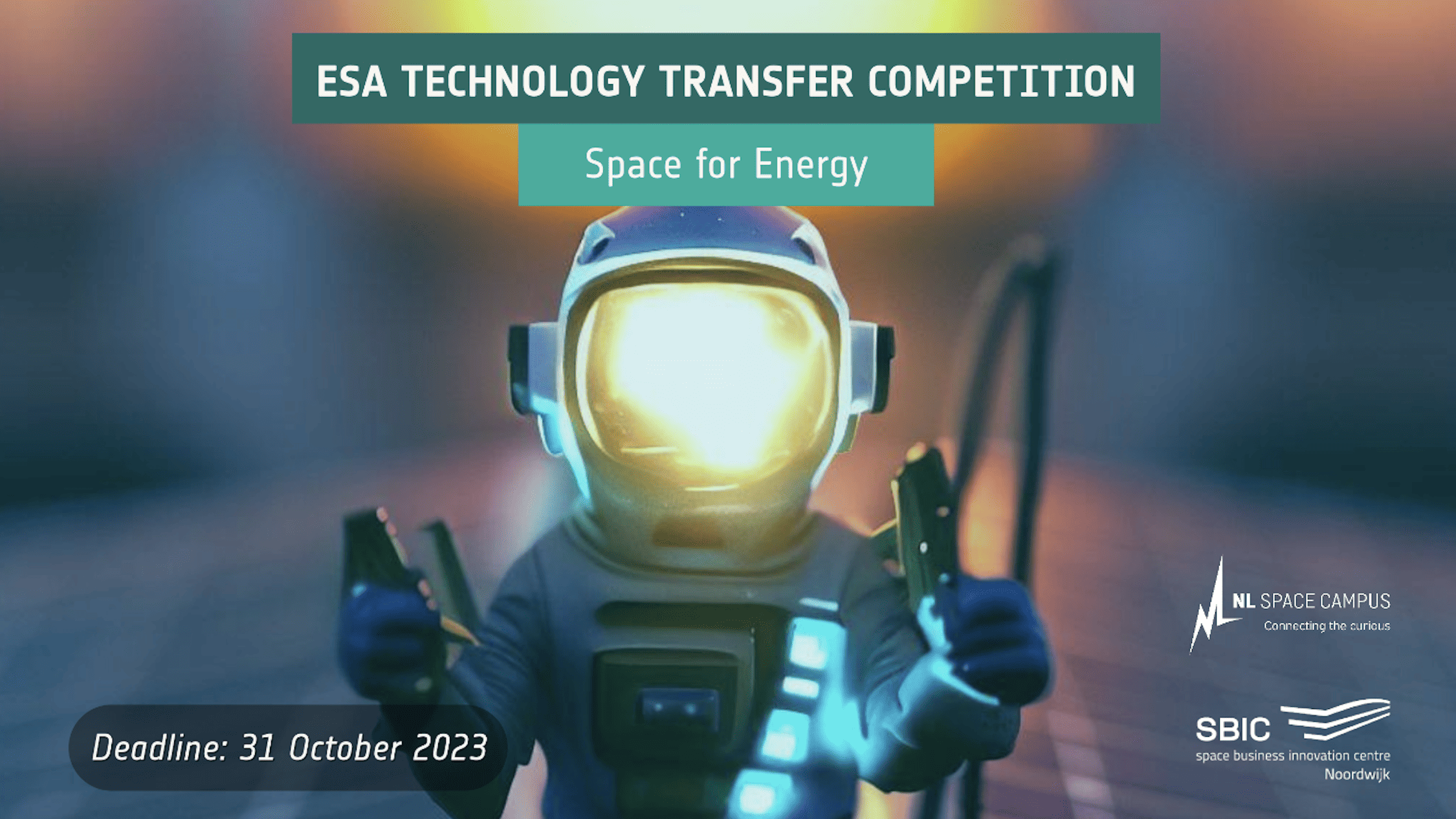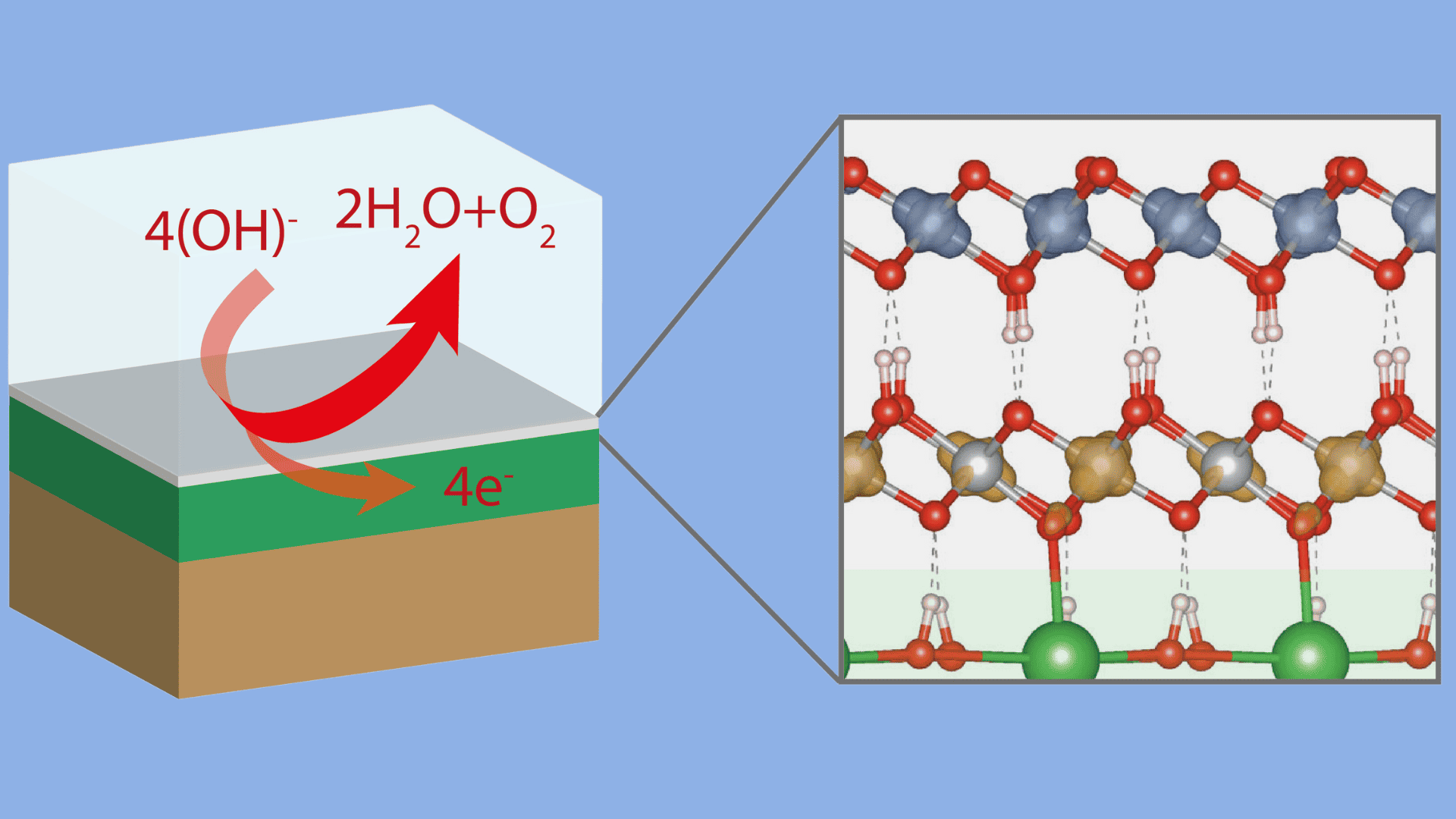
The British company Reaction Engines has been working for several years on an innovative rocket propulsion system for space shuttles and hypersonic aircraft. The Sabre engine could one day power a European space shuttle.
In mid-March, the European Space Agency (ESA) and the UK Space Agency (UKSA) approved funding for ground tests with a test engine. ESA is providing 10 million euros, UKSA 50 million pounds. By now, the first round of tests was successful, thus proving the Sabre’s feasibility.
With “Sabre” into space

Illustration: Reaction Engines Ltd.
The Sabre engine combines jet and rocket propulsion. The abbreviation stands for Synergetic Air-Breathing Rocket Engine. The turbine and compressor stage of a jet engine are installed before the actual rocket engine. Up to speeds of Mach 5, it supplies the engine with combustion air, after which Sabre switches to pure rocket propulsion. The engine is to form the basis for a new generation of propulsion systems specifically for space shuttles. It is also intended for the British-European space shuttle project Skylon.
Heat exchanger is the core of the “Sabre” engine

Illustration: Reaction Engines Ltd.
A combination engine like the Sabre saves rocket fuel and thus weight. Future space shuttles could therefore be lighter. Transport costs would also be reduced because the space shuttle would have to take less liquid oxygen on board. So far, transport by space shuttle has been the most expensive way to bring a satellite or components of a larger vehicle into orbit.
The core of the Sabre engine is a revolutionary heat exchanger. It shields the engine at high supersonic speeds. The air then flows into the engine with 25 times the force of a Category 5 hurricane. Due to the friction on the metal, the airflow generates temperatures that would melt any material.
This is prevented by a precooler. It uses liquid hydrogen from the fuel supply of the “Skylon” to cool the incoming air down from 1,000 degrees Celsius to minus 150 degrees Celsius in one-hundredth of a second.

Foto: Reaction Engines Ltd.
ESA and Reaction Engines already tested this precooler in 2012. Now they are testing the engine core. The compressor stage and combustion chamber, i.e. the actual jet engine, are located here. If the tests are successful within the next 18 months, precoolers and rocket propulsion can be installed. Then a complete Sabre engine will be ready for further testing.
Skylon space shuttle to fly with Sabre engine
“One of the great advantages of the Sabre drive concept is that it is completely modular from both a design and operational point of view,” said Richard Varvill, Chief Technology Officer of Reaction Engines. “It is, therefore, possible to subject each of the engine’s key components to rigorous ground tests that fully mimic the engine’s operating conditions until flight at Mach 5 at 25 km altitude.
But there is still a long way to go before an airworthy engine and the first flight of a Skylon space shuttle. Skylon will be an 84 meters long space shuttle that will either carry 30 passengers or up to 15 tons of payload into a low earth orbit. In contrast to the US Space Shuttle, however, Skylon would take off and land like an airplane.








